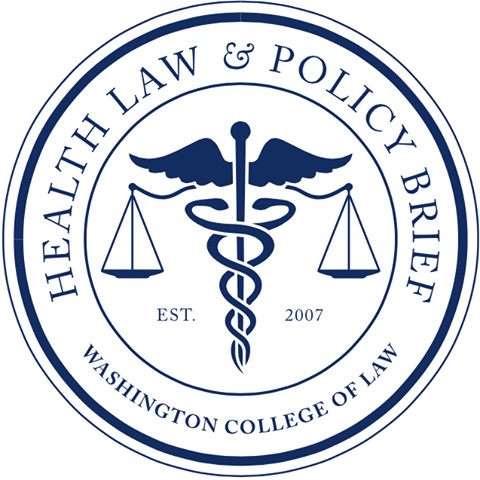The Program of All-Inclusive Care for the Elderly, otherwise known as PACE, has a goal to keep America’s elderly living long and happy lives in the comfort of their own homes. To keep people out of costly nursing homes, PACE provides individualized care and services in the home, the community, and PACE centers. The focus of this program is on the participant and the care he or she needs.
The program began as an experiment in 1983, but 14 years later Congress authorized the program as a permanent part of the Centers for Medicare and Medicaid Services (CMS) in the Balanced Budget Act of 1997. To be eligible to join the program, one must be 55 years or older, live in the service area of a PACE organization, be certified by his or her state to need nursing home care, and be able to live safely in the community. Although state eligibility for nursing home care is a requirement to enroll in PACE, only about seven percent of PACE participants in the US reside in a nursing home.
Until recently, for-profit companies were not allowed to run programs like PACE; it was strictly for nonprofit groups. Critics of this aspect question whether or not for-profit companies are well-suited for this line of work considering that the business for caring for seniors is already tainted with abuse. However, according to a pilot study submitted by the Department of Health and Human Services in June 2015, the results showed no difference in quality of care and costs between nonprofit PACE providers and for-profit providers. The hope in expanding to for-profit companies is to encourage states to push for these programs and that these services will develop more rapidly.
There are now 34,000 older adults enrolled in PACE organizations in 31 states, and as of August 2016, the program will be getting its first major update in a decade. The Office of the Federal Register published a proposed rule on August 16, 2016. The proposed rule revises and updates requirements including: strengthening protections and improving care for recipients; and providing administrative flexibility and supervisory relief for PACE organizations. Under the former, the interdisciplinary team that is fundamental to the coordinated care participants receive will be able to participate more in other roles than the one role currently allowed. The hope is that this will assist in providing more efficient and individualized care to the PACE participants. In regards to the administrative flexibility, the proposal is more contemporary and simplified administration and operational rules to augment PACE organizations’ ability to do a number of things more easily, including a more automated application process to speed up and tailor services to participants. CMS believes these changes will make PACE regulations more consistent, transparent, and comprehensible, which leads to better care for all program participants.
As of 2015, there were 116 PACE programs operational throughout 32 states. Andy Slavitt, Acting Administrator for CMS, hopes to see this number continue to grow so that the US can continue to provide our aging population with the care they need and deserve.
Comments on the rule are due October 17, 2016.
